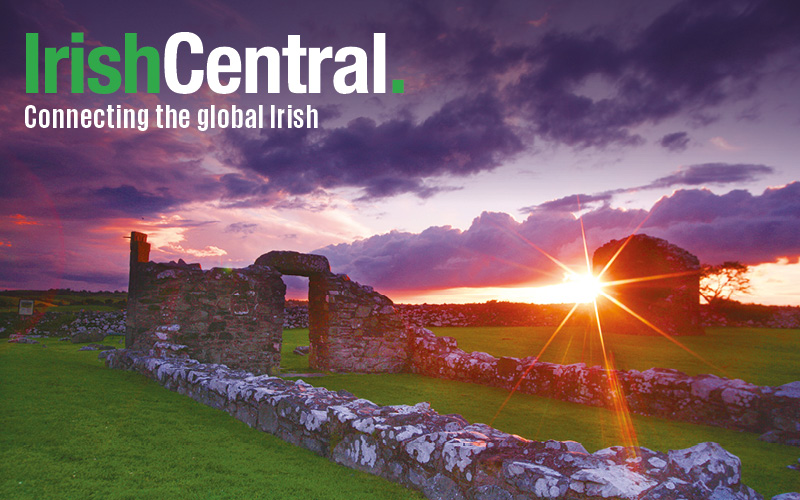Sky-gazers have been promised an astronomical treat this weekend, with the night skies above Ireland expected to be ablaze with three separate cosmic phenomena.
Experts have urged the Irish public to look to the heavens on Sunday night to catch a glimpse what they believe will be the best supermoon until New Year's Day 2018.
The same night the International Space Station (ISS) will make two overhead passes within the space of two hours, which will be following by glittering shooting stars from the Perseids, a prolific meteor shower.
The Belfast Telegraph notes that sky-watchers will be praying for clear skies when a supermoon comes at perigee - the point at which the full Moon orbits closest to Earth, making it appear bigger and brighter than normal.
Terry Moseley, president of the Irish Astronomical Association, said: "Some perigees are much closer than others, and this one happens to be the closest of the year, at a distance of 356,895km.
"And it occurs only 27 minutes before full Moon, which is very good.
"It also occurs just slightly before the full Moon rises from Ireland, and that means that it will greatly enhance the well-known Moon illusion, which makes the Moon appear much larger when it's close to the horizon."
The International Space Station will make a series of movements over Irish skies from now until August 21, giving the Irish public a number of opportunities to marvel at it.
But next Sunday represents the best chance of getting a clear view of what is the biggest man-made object ever launched into space.
Moseley continued: "On the evening of August 10, if it's clear, you can see the ISS at about 10.20pm - 10.25pm, followed by the rising supermoon, and then later, just before midnight, there will be another pass of the ISS, although it won't be so good. It will disappear into Earth's shadow in the south-west before it gets high up.
He added: "Look out for a bright moving point of light, moving roughly from west, through south, to east.
"It will appear to move slowly at first as it comes above the western horizon, then appearing to move faster when it gets closest to us in the southern part of the sky, when it will be much brighter than any of the stars.
"Then, later in the night, if you look at the sky for half-an-hour or so, you should see at least one Perseids meteor."
Meanwhile, a former Garda station in Ballinskelligs, Co. Kerry, has been given a new lease of life as a center for star-watchers.
The closed station is the now the official office of Dark Rescue Reserve for which the area has been designated.
Earlier this year south-west Kerry was officially recognized as one of the best places on the planet from which to observe the stars, as the skies there are not affected by light pollution.
The other areas to have received the coveted gold-tier status from the international Dark Sky Association are New Zealand and Namibia, in Africa.




Comments